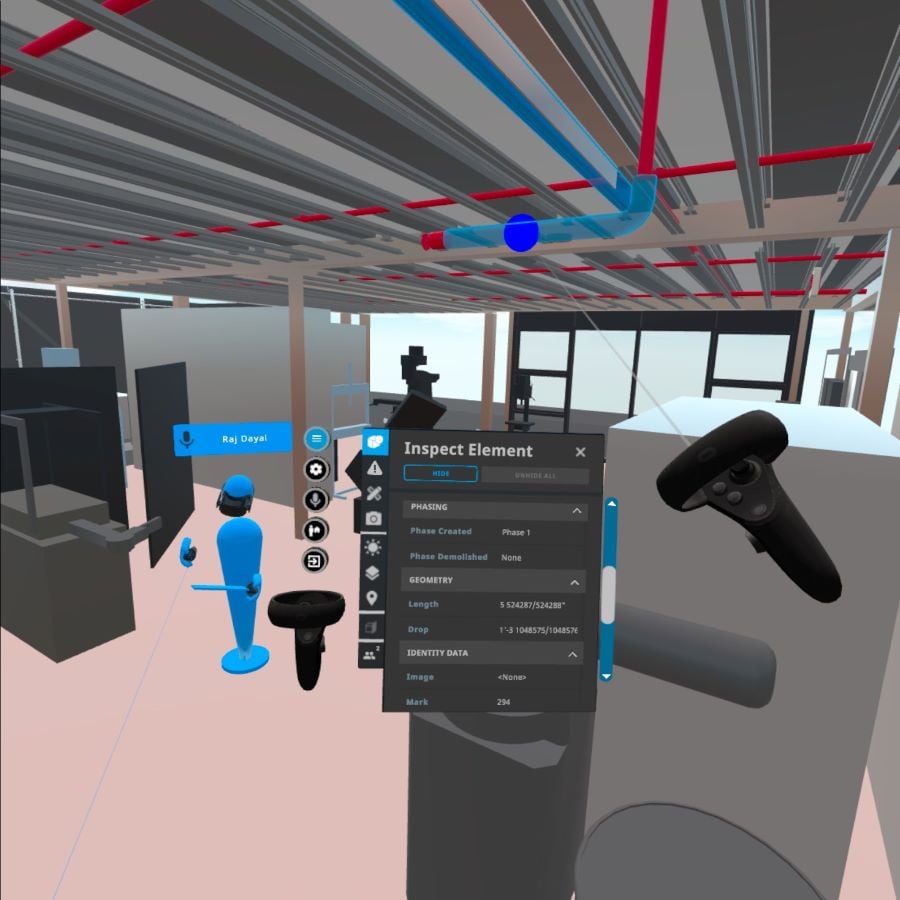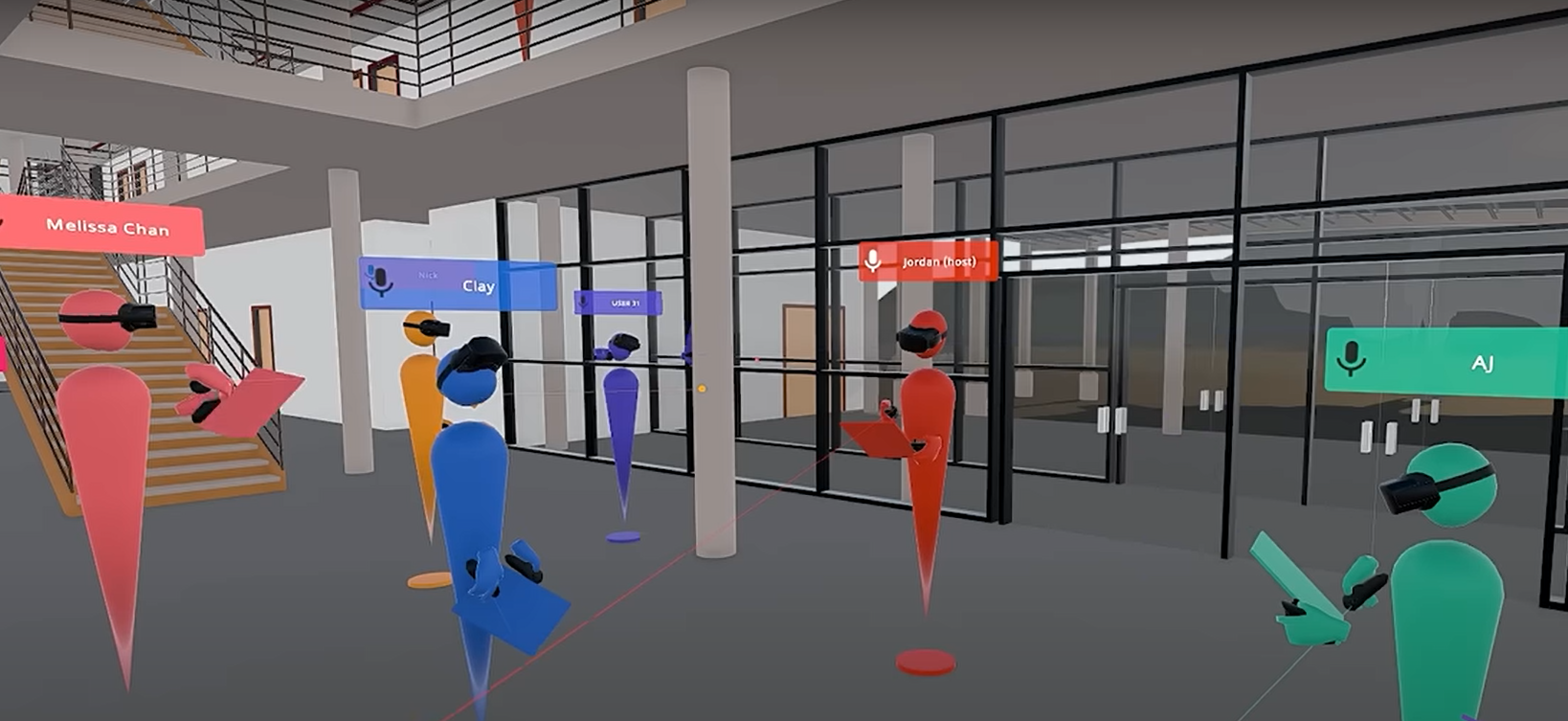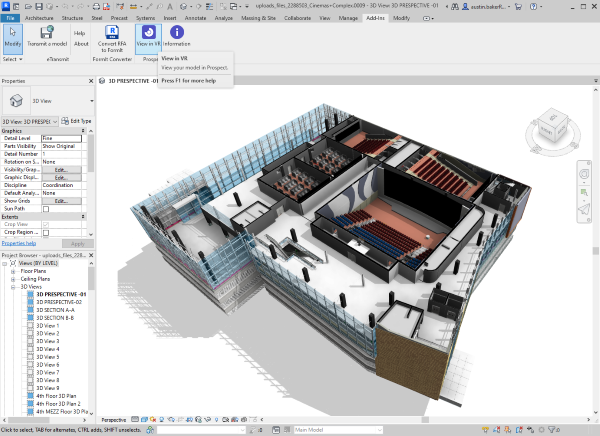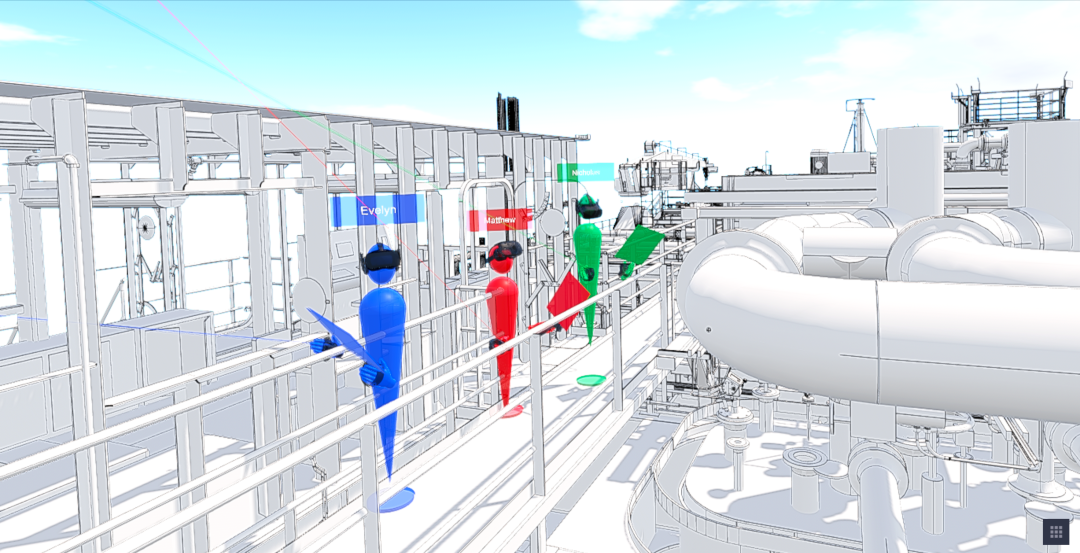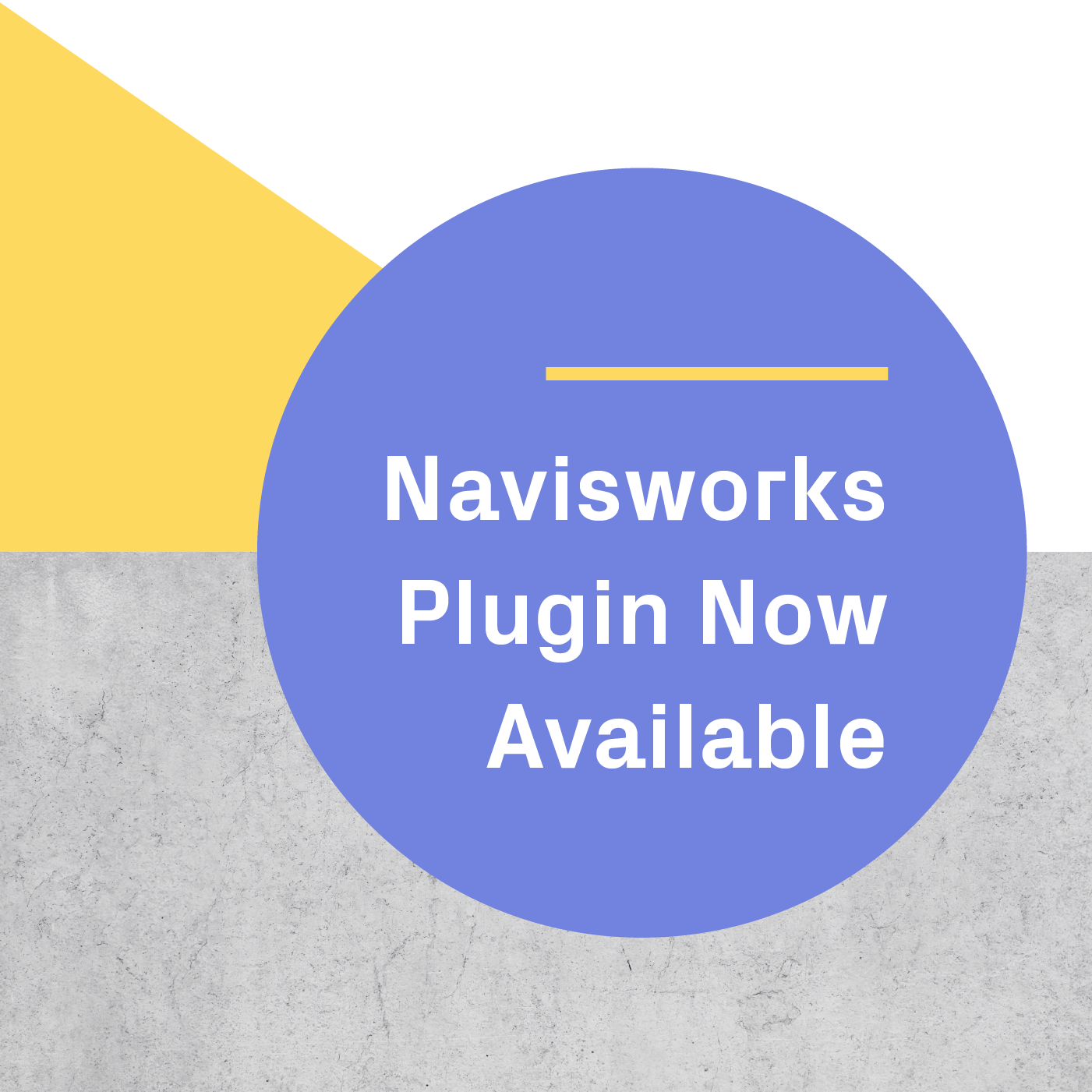A.T. Chadwick is a mechanical contracting firm serving the Delaware Valley area. The firm has played a role in the construction of many of the Philadelphia skyline’s most iconic buildings. Today, the company continues in that tradition while foregrounding new, modern construction practices.
Topics: VR Case Studies, VR collaboration, Architecture Engineering Construction, AEC
For Security and Scalability, Check Out the New Meta Quest for Business (Beta)
The new Meta Quest for Business (beta) is now available for U.S.-based businesses and employees. According to Meta, the subscription service (currently free during beta) makes it easy to deploy, manage, and scale Meta Quest headsets within your company. This is great news for architecture, engineering, and construction (AEC) firms seeking to add or grow VR usage within their teams.
In past iterations of this program, our AEC customers have shared concerns about enterprise-level support, data privacy and security, and the options to have custom applications to support business needs. With this new program, Meta aims to address these issues and more.
Topics: VR collaboration, Architecture Engineering Construction, Meta Quest for Business
3 Ways to Use VR for Meetings in Architecture, Engineering and Construction
The architecture, engineering, and construction (AEC) industry is faced with a new reality of work, with the trend of remote and hybrid work showing no end in sight. Still, facilitating genuine and meaningful interaction among peers and clients is paramount for establishing culture in today’s work environment.
Topics: VR collaboration, VR meetings, Architecture Engineering Construction
Revit to VR: How to Run True-to-Scale BIM Design Review Meetings
Did you know that virtual reality (VR) can take Revit workflows to the next level by enabling true-to-scale design review and collaboration in unbuilt environments?
Topics: VR collaboration, Revit to Virtual Reality
Human-Centered Design: How to Empower Stakeholders with VR Pre-Occupancy Evaluations
This is the fourth and final post in a series about tech-enabled pre-occupancy evaluations, which are opening up a new world of possibilities for AEC. To read more from this series, see our previous 3 posts on how pre-occupancy evaluations can drive higher quality project delivery, reduce waste and rework, and take internal design processes to the next level.
Topics: VR collaboration, human-centered design
.png?width=212&name=Prospect%20by%20IrisVR%20Black%20(1).png)
